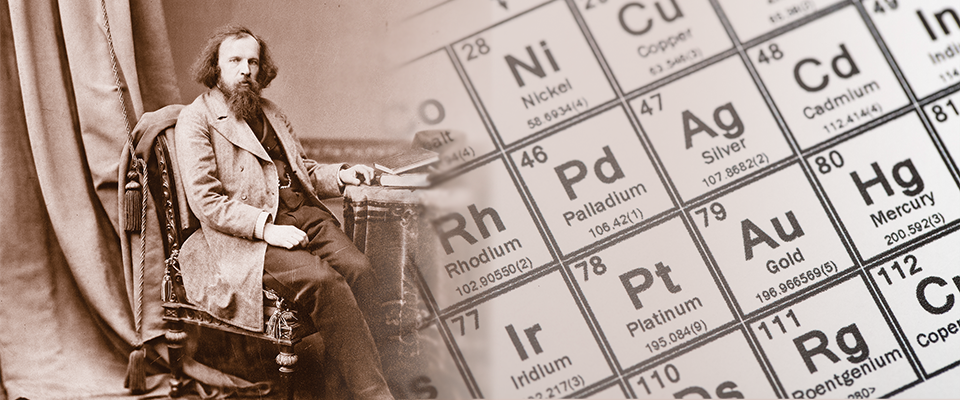Hydrogen, Oxygen, and the Genius Minds Who Found Them- Before the 18th century, air was considered a single, invisible element—an unremarkable substance all around us. Scientists and philosophers believed in the theory of “phlogiston,” a mystical substance supposedly released during combustion. No one imagined that air was actually a mixture of different gases, each with unique properties. That changed forever in the 1700s, when a few curious minds peered into the invisible and discovered a whole new dimension of nature.
Henry Cavendish and the Discovery of Hydrogen
In 1766, Henry Cavendish, an English scientist and eccentric recluse, conducted a series of experiments that led to the discovery of a new, colorless, odorless gas. He called it “inflammable air” because it burned easily when exposed to a flame.
How He Discovered It:
Cavendish produced the gas by reacting metals like zinc or iron with acids, such as hydrochloric acid or sulfuric acid. Bubbles rose in the liquid, and he captured them for testing. He found the gas was highly flammable and, when burned in air, it produced water.
What Cavendish didn’t fully realize at the time was that he had isolated a new element: hydrogen. The name was later given by Antoine Lavoisier, who combined the Greek words hydro (water) and genes (creator), meaning “water-former.”
Significance:
Cavendish’s work laid the foundation for modern chemistry. His experiments with hydrogen helped debunk the phlogiston theory and revealed that water was not an element but a compound made of hydrogen and oxygen.
Joseph Priestley and the Discovery of Oxygen
Just a few years later, in 1774, another Englishman—Joseph Priestley—made a discovery that would shake the world of science. By focusing sunlight onto a piece of mercuric oxide (HgO) inside a glass container, he noticed it released a gas that made candles burn brighter and mice live longer.
What He Found:
This new gas, which he called “dephlogisticated air,” was oxygen—though he didn’t name it as such. Priestley, still influenced by the phlogiston theory, believed this gas simply lacked phlogiston, making it a more “pure” air.
The Realization:
It was Antoine Lavoisier, the French chemist, who reinterpreted Priestley’s discovery using a new theoretical lens. He identified the gas as a distinct element, named it oxygen (from Greek, meaning “acid-former”), and used it to form the basis of the modern chemical theory of combustion and respiration.
Antoine Lavoisier: The Father of Modern Chemistry
Although he didn’t discover oxygen or hydrogen first, Lavoisier was the one who connected the dots. He discredited the phlogiston theory and showed that combustion and respiration are chemical reactions involving oxygen. He also named both hydrogen and oxygen and gave chemistry a new, systematic language.
Other Important Gases and Their Discoveries
1. Nitrogen – Daniel Rutherford (1772)
A Scottish physician, Rutherford isolated nitrogen by removing oxygen and carbon dioxide from air. What remained was a gas that didn’t support combustion or life — nitrogen. Lavoisier later called it “azote,” meaning “lifeless.”
2. Carbon Dioxide – Joseph Black (1754)
Earlier than others, Black discovered carbon dioxide while studying magnesium carbonate. He called it “fixed air” and showed that it could extinguish flames and didn’t support life.
3. Chlorine – Carl Wilhelm Scheele (1774)
The Swedish chemist Scheele discovered a yellow-green gas by heating hydrochloric acid with manganese dioxide. Though he didn’t recognize it as an element, it was later named chlorine by Humphry Davy.
4. Ammonia – Joseph Priestley (1773)
Priestley was also the first to isolate ammonia, a pungent, alkaline gas, by heating ammonium salts with lime. It became important in fertilizers and industrial processes.
5. Laughing Gas (Nitrous Oxide) – Humphry Davy (1799)
Davy discovered the euphoric effects of nitrous oxide and suggested its use in surgery. It became one of the earliest anesthetics used in medicine.
6. Helium – Discovered in sunlight (1868), isolated on Earth (1895)
Helium was first detected in the solar spectrum by Pierre Janssen and Norman Lockyer during a solar eclipse. It wasn’t found on Earth until William Ramsay isolated it from uranium ore.
Why These Discoveries Mattered
The discovery of gases was more than just a series of isolated experiments. These breakthroughs:
-
Refined the atomic theory of matter
-
Revolutionized chemistry, shifting it from alchemy to a modern science
-
Transformed medicine, especially through anesthetic gases
-
Laid the groundwork for industries like fertilizer, explosives, refrigeration, and aerospace
Without understanding gases, we wouldn’t have internal combustion engines, rocket propulsion, or even carbonated drinks.
Conclusion: Breathing New Life into Science
The 18th and 19th centuries marked a dramatic turning point in human understanding. The “invisible” elements of air were no longer mysterious. Thanks to pioneers like Cavendish, Priestley, Lavoisier, and many others, the chemistry of gases transformed from guesswork into precise science.
Their experiments showed that the smallest, most invisible substances can have the biggest impact—not only in a laboratory, but on the course of civilization itself.
Quantum Communication in Space: The Future of Unbreakable Data Transfer | Maya


